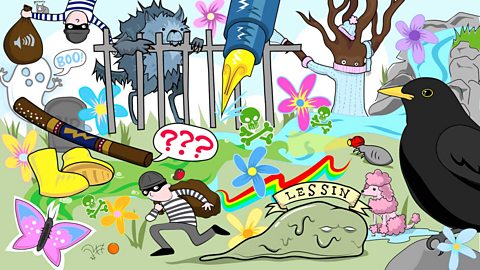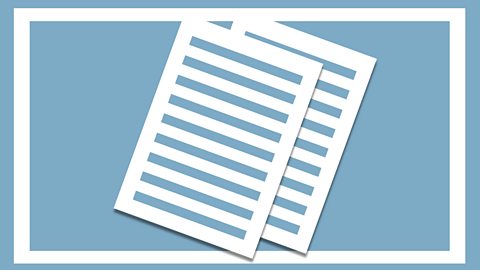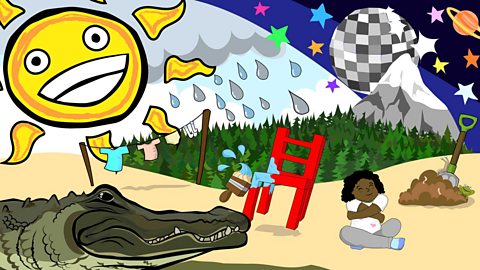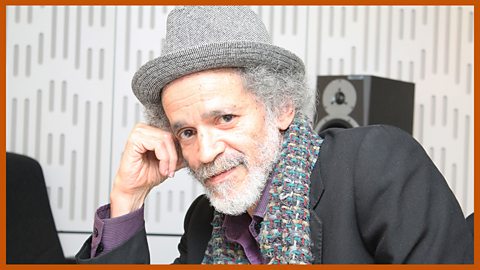¬йґєєўЌш „“≥»лњЏ Teach > School Radio > English > Talking Poetry
Rosen - Nichols - McGough - Kay - Agard - Coe - Classic 1 - Classic 2
Duration: 15:00
The poet Roger McGough introduces and reads some of his best-known poems for children:
The writer of this poem
Uses a series wild and wonderful similes to describe the writer.
The hearer of this poem
This poem uses wild and wonderful similes to describe the hearerвА¶
Give and take
Called 'Give and take'вА¶but the verb in the poem is always 'give'.
First day at school
Explores how strange everything seems on the first day at school.
The sound collector
Imagines a world in which all the sounds have been stolen.
The colour collector
This time imagines a world in which the colours have been stolen.
Didgeridoo
What does a didgeridoo doвА¶?
The fight of the year
Imagines the transition from winter to spring as a boxing match.
Why trees have got it all wrong
Why should trees shed their leaves just as the weather turns cold?
If you wish to listen to the poems individually, these can be found below.

The poems
The writer of this poem (duration 0:44)
The hearer of this poem (duration 1:04)
Give and take (duration 1:11)
First day at school (duration 01:53)
The sound collector (duration: 01:25)
The colour collector (duration: 01:33)
Didgeridoo (duration: 01:23)
The fight of the year (duration: 01:13)
Why trees have got it all wrong (duration 0:58)
Curriculum guidance
There are eight programmes in this series. Each of the first 6 programmes profiles a different contemporary childrenвАЩs poet who introduces and then reads a selection of his or her work.
The final two programmes focus on classic poetry and include a selection of well-known poems often taught at Key Stage 2. These poems are read by the actors Maxine Peake and Julian Rhind-Tutt.
Using the audio
The programmes can be used in a variety of ways. You can listen to them in their entirety or listen to and focus on one poem at a time. Students can read the text of the poem before, during or after listening to the recording and there are suggestions in these notes for pre-, during-, and post- listening activities.
Using the images:
Each programme is accompanied by a composite picture inspired by the poems in that programme. These can be used:
to stimulate pre-listening discussion about what the poems might be about;
to explore themes in the poetвАЩs writing;
to support reading of individual poems вАУ the image can act as a visual reminder of topics, themes or narratives for students while they are completing work on poems;
to stimulate creative writing: pupils could pick two or three elements of the picture and combine them to stimulate a story. This might work well with a вАШconsequencesвАЩ story frame: a framework of actions already written where pupils add in nouns taken from the image to make a story.
More detailed guidance can be found in the Teachers' Notes below

ћэ
ћэ
More from Talking Poetry
2. Grace Nichols. audio
Grace Nichols introduces and reads some of her best-known poems for children, including 'Cosmic disco' and 'Sun is laughing'.

4. Jackie Kay. audio
Jackie Kay introduces and reads some of her best-known poems for children, including 'Brendon Gallacher' and 'Red running shoes'.

5. John Agard. audio
John Agard introduces and reads some of his best-known poems for children, including 'A date with spring' and 'Hopaloo kangaroo'.

¬йґєєўЌш „“≥»лњЏ Teach > School Radio > English > Talking Poetry
Rosen - Nichols - McGough - Kay - Agard - Coe - Classic 1 - Classic 2